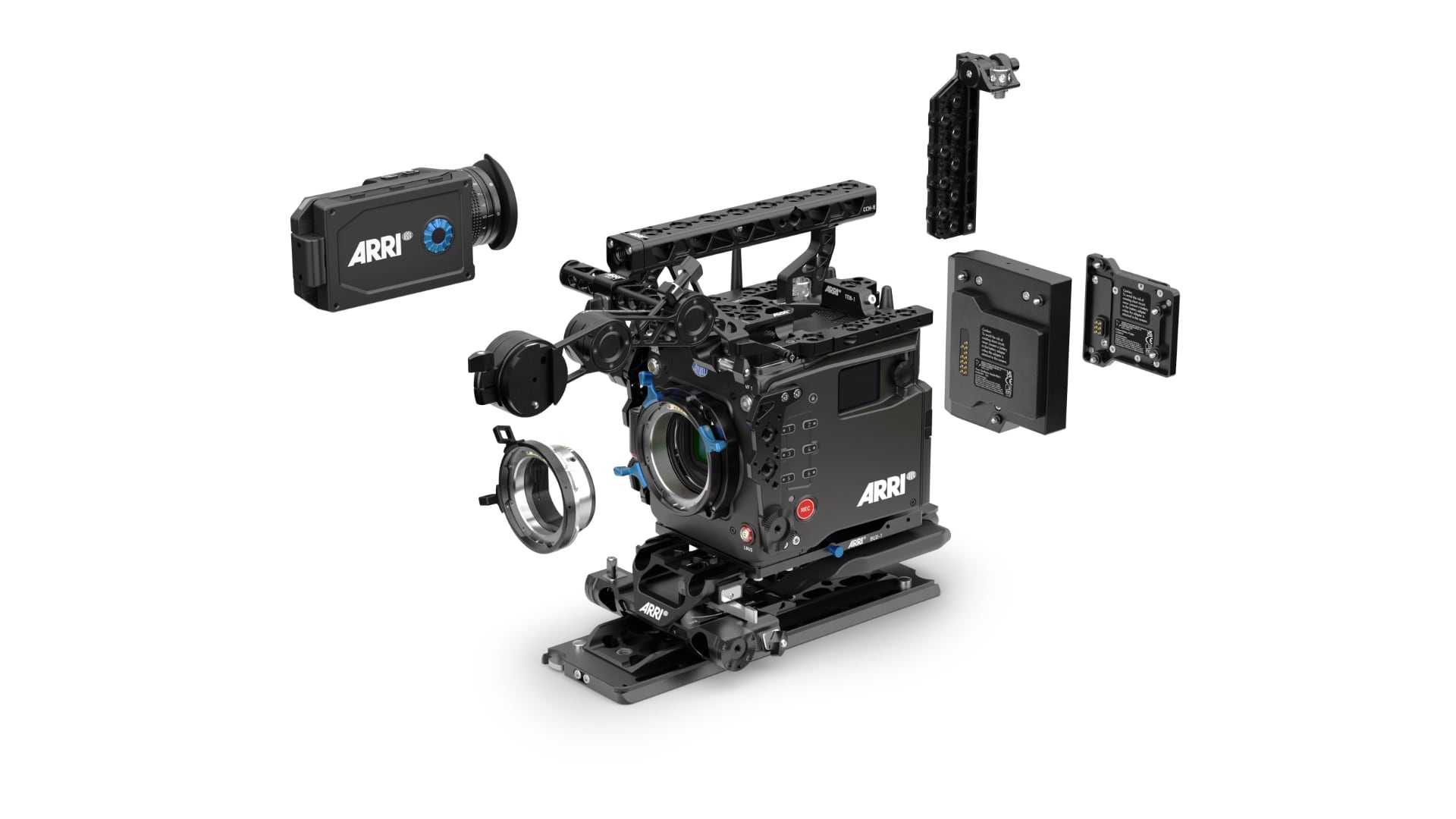
With the release of the ARRI Alexa 35, will we witness a renaissance in Super 35 cinematography and its associated lenses?
For the last five years, large format has been one of the biggest trends in cinematography, leading some to speculate that the smaller Super 35 format might become a thing of the past. The choice between the two has a big impact on not just cameras but lenses as well.
Before we get into that though, some definitions:
Super 35 refers to a sensor that is about 24x14mm. It’s been the default sensor size since digital cinematography took off in the noughties, and takes its name from the similarly sized celluloid production format.
Any sensor bigger than Super 35 is called large format in cinematography, though that’s not to be confused with large-format still photography which uses much bigger sensors than any in the moving image world.
Full frame is a subset of large format. Confusingly this term does come from still photography; in both industries it identifies digital sensors that are the same size as a frame of 35mm stills film: 36x24mm.
The Alexa 65 with its huge 54.12x25.59mm sensor was announced in 2014, but it wasn’t really until the release of the Red Monstro VV and Panavision DXL in 2017 that high-end large-format options became widely available. Others like the Alexa LF and Sony Venice soon followed.
According to Y.M.Cinema Magazine, it was only last year that large format officially swung into dominance over Super 35 amongst the biggest and most critically acclaimed films.
The release of the Alexa 35 may swing that back. Until now, DPs seeking the widely loved Alexa look but also needing to deliver in true 4K resolution (as Netflix, for example, demands) were limited to the Alexa 65 or LF. Now they can shoot on the Alexa 35 if they so choose.
Super 35 glass
There are various differences between Super 35 and large format, though not as many as you might think. Most noticeably you have to use longer lenses on the latter to get the same field of view, resulting in a shallower depth of field. There is no change to perspective rendering, however, unless of course you stick with the shorter lenses you’d use with Super 35 and physically move the camera closer.
Importantly, you have to make sure that the image circle of your lenses is sufficient to cover the bigger sensor. This means that many lenses designed for Super 35, especially in the shorter focal lengths, cannot be used with large-format cameras.
Take Zeiss Super Speeds for example, an informal umbrella term for several slightly different series of lenses produced between the mid 1970s and early ‘90s. With fast maximum apertures of T1.3 or T1.4, and distinctive triangular iris blades in some models, these beautiful lenses were used to shoot such classics as The Shining and Terminator 2: Judgment Day.
But Super Speeds were made to cover a frame of Super 35 film. The 50mm and above will cover a full-frame sensor, but below that you will start to get vignetting. The 18mm won’t even cover the sensor of a Red Gemini (which is larger than Super 35 but not full frame). And as some of the materials used to make Super Speeds are apparently now illegal, their look could never be matched by modern glass.
On the other hand, take the Canon K35 series from the 1970s. With their 15-blade irises, beautiful flares and bulls-eye-shaped bokeh, these Academy Award-winning lenses were famously used on Barry Lyndon and Aliens. Again though, historic manufacturing methods like the use of radioactive thorium mean that their look cannot be reproduced today. As it happens these lenses do cover a full-frame sensor, except for the 18mm, so they’ve been tremendously popular in recent years.
Lens manufacturers have scrambled to put new large-format glass on the market: Cooke S7/i, Canon CN-E, Sigma Cine FF, Arri Prime DNA, Leica Thalia, Hawk 65, to name but a few. Some have even attempted to reproduce the look of their popular vintage glass in a full-frame version, such as the Cooke Panchro/i Classic FF series.
But most of that genuine vintage glass developed over more than a century of 35mm filmmaking is still closed off to a large-format DP. At the same time, your camera is giving you a cleaner, less noisy and better-defined image than ever before, crying out (if you’re that way inclined) for some vintage lenses to give it some grit and character.
If the Alexa 35 proves popular and especially if it proves popular enough to prompt other manufacturers to produce new Super 35 cameras as well, all of the legacy glass will be sought after again, not to mention all the more modern Super 35 glass too.
All in all, it’s a great time to be working as a DP. We now have the choice of Super 35 or large format without worrying about resolution stipulations, a growing range of large-format glass, and a huge array of Super 35 lenses to choose from.
Tags: Production


Comments